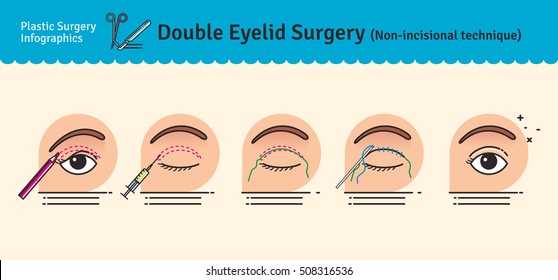Fascinated In Learning About The Distinctions In Between SMILE, LASIK, And PRK Eye Treatments?
Fascinated In Learning About The Distinctions In Between SMILE, LASIK, And PRK Eye Treatments?
Blog Article
Author-Ryberg Kerr
If you've been considering SMILE eye surgical treatment, you may question just how it compares to LASIK and PRK. Each treatment has its very own collection of advantages and factors to consider. From quicker recovery times to potential risks, there are key distinctions you should recognize prior to making a decision. Understanding these differences will certainly assist you make an educated option that lines up with your details needs and assumptions. Interested to understand more about exactly how these procedures compare carefully? Continue discovering to acquire a detailed understanding of SMILE, LASIK, and PRK.
SMILE Eye Surgical Procedure Introduction
If you're thinking about SMILE eye surgical treatment, you'll discover it to be a minimally intrusive procedure with a quick healing time. During SMILE (Small Incision Lenticule Removal), a laser is made use of to create a little, specific cut in the cornea to eliminate a little piece of tissue, reshaping it to remedy your vision. This differs from LASIK, where a flap is developed, and PRK, where the external layer of the cornea is entirely removed.
One of the key benefits of SMILE is its minimally intrusive nature, causing a faster healing procedure and much less discomfort post-surgery. The healing time for SMILE is reasonably fast, with several people experiencing improved vision within a day or two. This makes it a popular option for those seeking a convenient and efficient vision improvement treatment. Furthermore, SMILE has been shown to have a reduced risk of completely dry eye syndrome compared to LASIK, making it a positive choice for individuals concerned regarding this potential side effect.
Distinctions Between SMILE, LASIK, and PRK
When contrasting SMILE, LASIK, and PRK eye surgical procedures, it is very important to understand the unique strategies made use of in each treatment for vision modification.
SMILE (Little Incision Lenticule Extraction) is a minimally intrusive treatment that involves developing a little incision to remove a lenticule from the cornea, reshaping it to correct vision.
LASIK (Laser-Assisted Sitting Keratomileusis) includes developing a slim flap on the cornea, making use of a laser to improve the underlying tissue, and then repositioning the flap.
PRK (Photorefractive Keratectomy) eliminates the external layer of the cornea prior to reshaping the cells with a laser.
The primary difference depends on the way the cornea is accessed and treated. SMILE is flapless, making it a great choice for individuals with slim corneas or those involved in get in touch with sporting activities. LASIK uses quick visual healing due to the flap production, however it might pose a higher risk of flap-related problems. PRK, although having a much longer healing period, stays clear of flap-related issues altogether.
Comprehending these variations is vital in selecting one of the most suitable procedure for your vision correction demands.
Pros and Cons Comparison
To review the advantages and downsides of SMILE, LASIK, and PRK eye surgical treatments, it's necessary to take into consideration the specific advantages and prospective limitations of each treatment. SMILE surgical treatment supplies the benefit of a minimally invasive treatment, with a smaller sized incision and possibly quicker recovery time compared to LASIK and PRK. It additionally lowers the risk of dry eye post-surgery, a common negative effects of LASIK. Nonetheless, SMILE might have restrictions in dealing with greater levels of nearsightedness or astigmatism contrasted to LASIK.
tests done before cataract surgery provides fast aesthetic recovery and minimal pain throughout the treatment. It's highly effective in treating a wide range of refractive mistakes, including myopia, hyperopia, and astigmatism. Yet, LASIK lugs a danger of flap complications, which can affect the corneal structure.
PRK eye surgical procedure, while not as preferred as LASIK, avoids producing a corneal flap, minimizing the threat of flap-related problems. It appropriates for patients with slim corneas or irregular corneal surface areas. Nevertheless, PRK has a longer recuperation time and may include a lot more discomfort throughout the recovery procedure.
Conclusion
So, when it involves selecting between SMILE, LASIK, and PRK, think about it like selecting the excellent pair of footwear. SMILE is like a sleek, comfortable pair of tennis shoes - fast and easy.
LASIK is a lot more like trendy high heels - flashy and quickly, but with some prospective risks.
PRK resembles sturdy hiking boots - reputable and long lasting, but needing a bit more time and effort.
Eventually, the most effective choice relies on your specific needs and choices.
